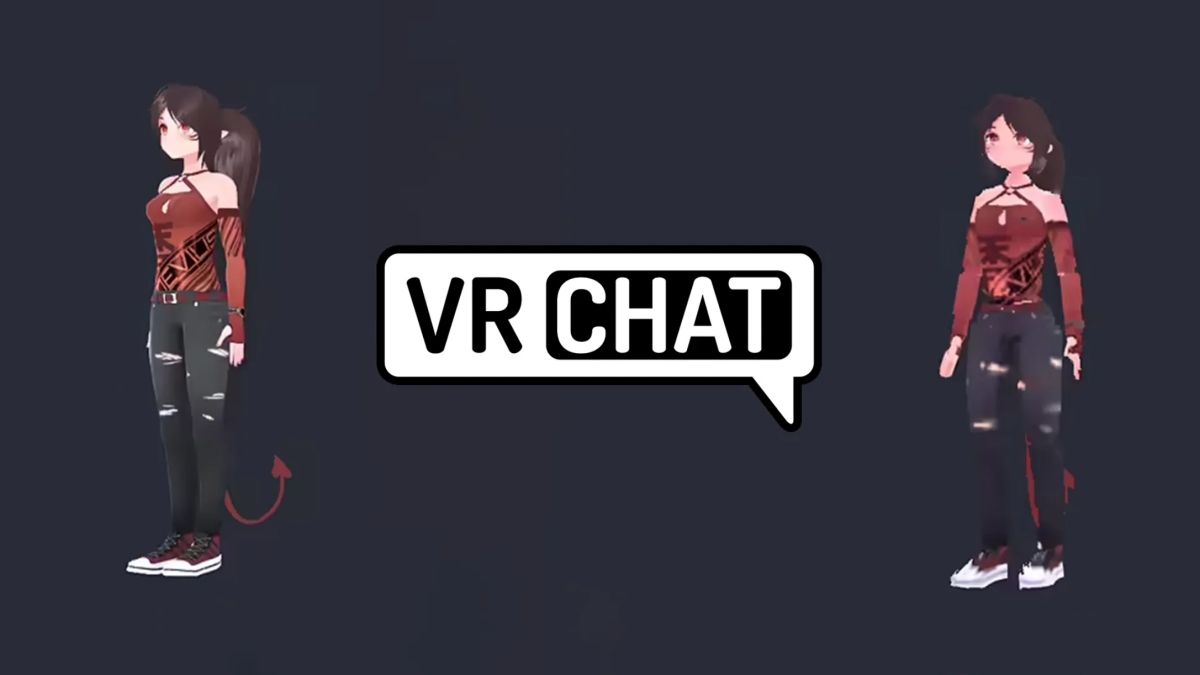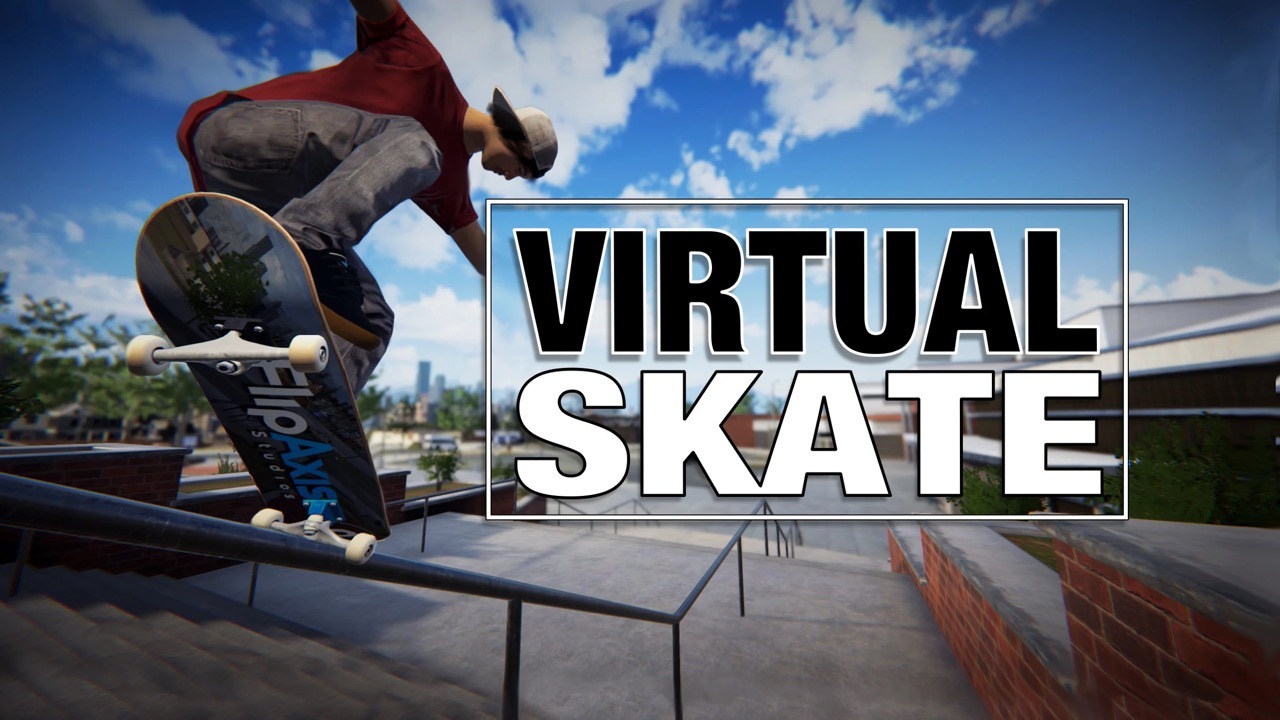VRChat's New Avatar Feature "Impostors" Bridges the Gap Between PCVR and Standalone

Extended Reality
5 minutes read
To expand the VRChat community and attract more users, VRChat has evolved beyond its original PCVR version to now also support standalone VR headsets, including the VIVE XR Elite. Additionally, an Android version was also recently released, allowing even more people to enter this diverse and lively virtual world and experience for themselves a prototype of the metaverse.
While the concept of widespread adoption seems ideal, in reality, VRChat players know that many worlds are incompatible with one another. For instance, standalone and mobile version players cannot enter many of the high-specification VRChat worlds designed for highend PCs. Even some avatars will have compatibility issues across different devices due to different resource budgets for different devices and other performance limitations.
To bridge the gap between different versions, VRChat previously adopted a semi-fragmented approach, allowing world and avatar creators to solve this by "uploading both PC and mobile versions." However, this is still too cumbersome.
With the latest version update, VRChat introduced a new feature called "Impostors." In short, the "Impostors" feature allows players from different versions of VRChat to see the same avatars, although the fluidity of motion and resolution will be poorer on standalone devices, and there may even be frame drops. At least, this eliminates the philosophical question of "Is the red you see the same as the red I see?"
Impostors are live in VRChat!
— VRChat (@VRChat) December 23, 2023
Generate your own on the VRChat website so Android players can see a compatible version of your uploaded PC avatars. 💃 pic.twitter.com/Lw9kHefXqw
This brings to mind the original "Metaverse" novel, "Snow Crash." In the extensive city within the virtual world known as the Metaverse, the cyberpunk essence of "high tech, low life" did not necessarily imply equality for everyone.
Author Neal Stephenson envisioned a feature for virtual avatars very similar to what we see in today's VRChat. In the Metaverse, it's easy to identify a newcomer by their avatar. Newbies usually lack customized avatars and often resort to using generic ones from Wal-Mart, leading to frequent encounters with duplicate avatars in the world. The resolution of avatars can also vary, depending on the device a player uses. For example, those accessing the Metaverse via a low-cost terminal will have unstable, grainy, black-and-white avatars. This closely resembles the "Impostor" avatars found in today's VRChat!


